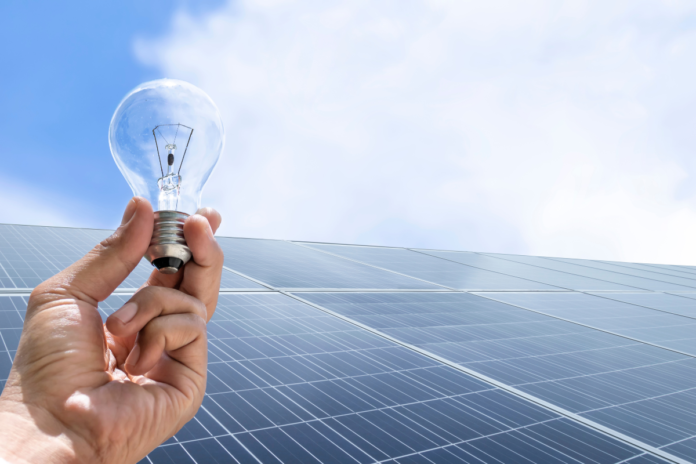The United States of America has been one of the fastest-growing homes for solar energy. Out of all the states, New York has been the most responsive to adopting solar power. Ranks 7th in SEIA’s growth projection.
According to the reports submitted by The Solar Energy Industries Association (SEIA), NY has installed 163,000 solar projects. The main reason behind solar energy adoption is NYSERDA. The New York State Energy Research & Development Authority is helping promote clean and renewable energy in the state.
Incentives:
- NY-Sun Programs:
NYSERDA provides multiple incentive programs through the NY-Sun program to adopt solar energy. However, NY-Sun programs give incentive rights to many contractors that are registered. NYSERDA is the authority that approves if the contractors are eligible or not.
- On-Bill Loan:
Another incentive by NY-Sun is the bill loan. It allows customers can pay installation fees through their utility bills. The bills come up with the additional cost of installation each month.
- Smart Energy Loans:
The best kind of incentive is the smart energy loan, where the user can take a loan directly from NYSERDA to install solar energy systems.
- State Tax Credit:
NY also offers a 25% discount on your total solar energy installation bills. They either lower the payments by 25% or reduces $5,000 off the bill.
Solar Energy Policy Goals:
NY has drafted some achievable goals like sourcing more than 70% of the state’s energy from renewable sources. Likewise, They are planning to increase deployment by 10 GW.
Moreover, SEIA has played an active part in promoting renewable energy in NY. Fights like the preservation of net metering, fixes to the state’s VDER tariff, pushing the 70% clean energy standard, and revising the taper-down of the Megawatt Block Incentive program.
Project Spotlight:
Overall, NY reached the 1 GW milestone with an amazing community solar project in Schenectady County, which was part of the Schenectady County Solar Energy Consortium portfolio. Also, The total energy storage was 10 MWh. The project contributes $400,000 annually in municipal savings.

